Feeling stuck?
At a loss when faced with a problem that just doesn’t seem to have a solution?
You’re not alone. Everyone from frontline employees to CEOs sometimes struggles with finding the right solution for a challenging issue.
But the difference between everyday problem-solving and creative problem-solving lies in the approach, and it’s this approach that can unlock innovation, bolster confidence, and build resilience.
In today’s blog, we’re going to journey from feeling stuck to becoming unstoppable, thanks to the power of creative problem solving.
As a leader, your ability to navigate challenging situations with innovation and agility is crucial and this guide is designed to give you the tools you need.
Here’s a quick look at what we’ll be exploring in this blog:
- Understanding Creative Problem Solving: Key features of creative problem solvers.
- The Connection to Resilience and Confidence: How creative problem solving is intrinsically linked to building resilience and confidence, two key attributes of innovative creatives.
- Key Skills and Characteristics: 5 vital skills and characteristics that foster creative problem solving, and how you can cultivate them.
- Your Creative Problem Solving Checklist: Equip yourself with a practical checklist that you can use to kickstart your journey towards becoming an expert problem solver.
Ready to dive in? Let’s get started.
Want to be more creative problem solver? Check off which of the following characteristics you have:

1. Curiosity: Creative problem solvers are endlessly curious! They ask questions, challenge assumptions, and aren’t afraid to disrupt the status quo. They don’t settle for the first solution that comes to mind. Instead, they probe deeper, seeking multiple perspectives and angles until they unearth a truly innovative solution. This is probably the number one skill I would focus on if I wanted to become a more creativ problem solver.

2. Flexibility: In a fast-paced, ever-changing world, rigidity is a roadblock to creative problem-solving. Great problem solvers adapt. They’re open to new ideas and can shift their thinking based on new information or circumstances. This does not apply to your rock solid foundation of values and purpose. These building blocks give you the freedom to be flexible where it counts.
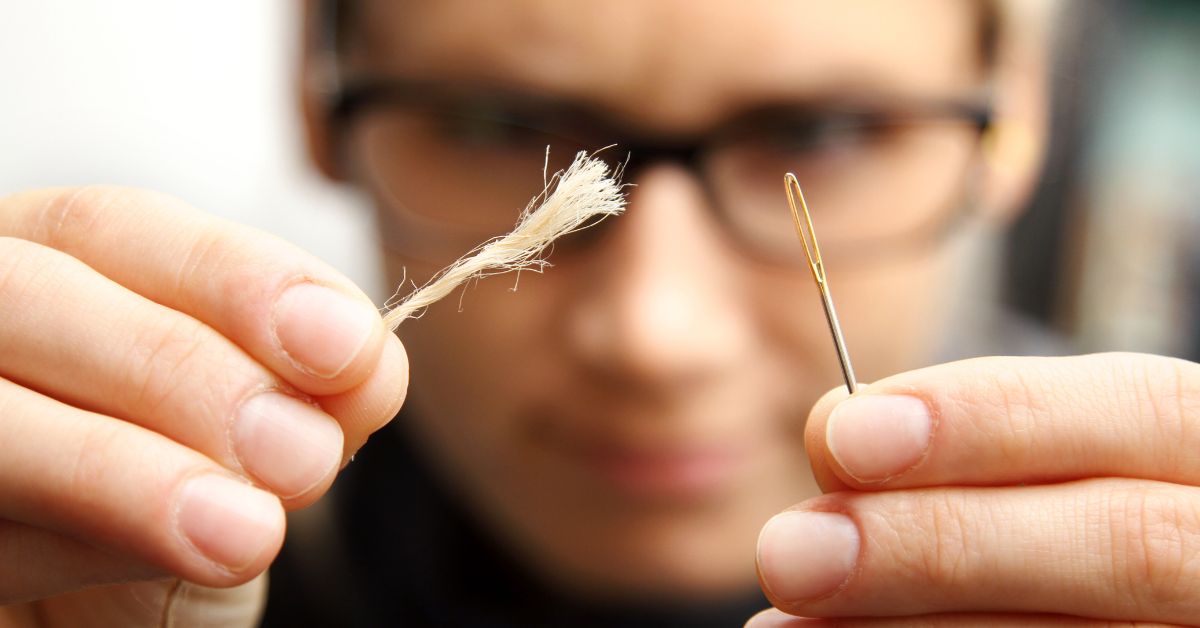
3. Persistence: Creative problem solvers don’t give up easily. They’re determined, resilient, and understand that failure is often a necessary part of the journey towards a breakthrough. They view challenges as opportunities to learn and grow, rather than as setbacks. This outlook is a key factor in a growth mindset.
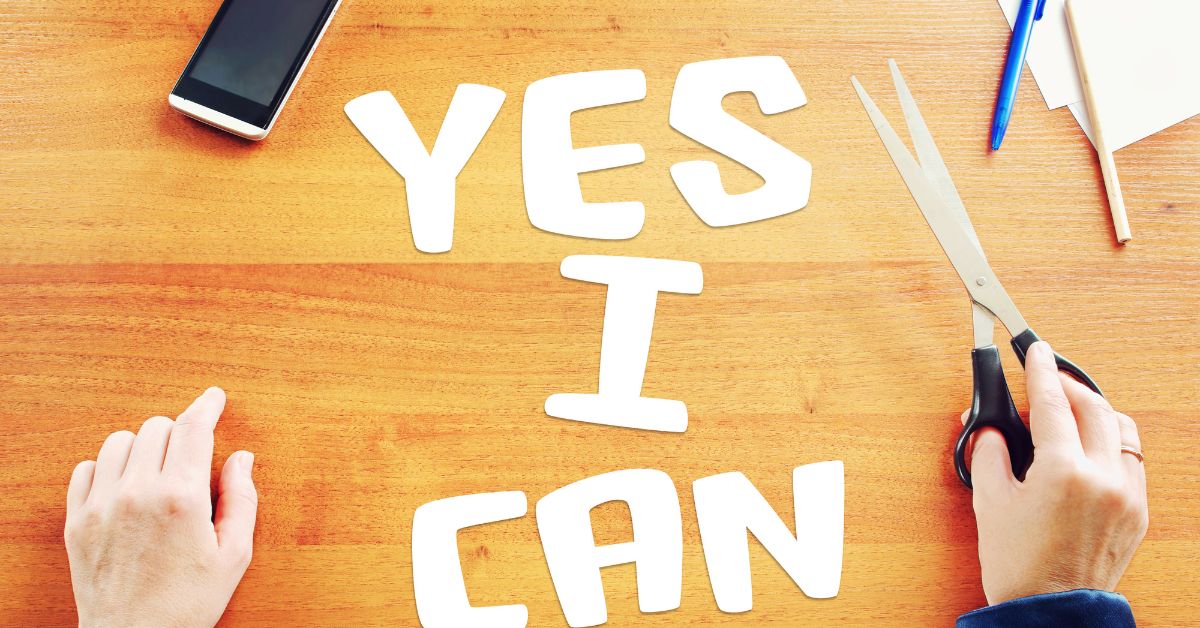
4. Confidence: To tackle problems head-on and stand by their solutions, creative problem solvers must have confidence in their abilities. This confidence stems not from arrogance, but from a solid understanding of their strengths and limitations, and the wisdom to seek help when needed. Confidence comes from trying, which leads to the last characteristic.

5. Strategic risk-taking: Risk taking is an inevitable part of bringing an idea to the world. I know how scary that can feel. But not all risks are equal. We are talking about calculated risks and these risks often lead to the most innovative solutions. Creative problem solvers assess the potential benefits and drawbacks, consider the best and worst-case scenarios, and make informed decisions.
Creative problem solvers try a variety of strategies to innovate, reimagine, and find unique solutions. They understand that creativity is not a spontaneous occurrence, but a process that can be learned and practiced.
Here are some of the problem solving strategies successful innovators use:

1. Brainstorming: This might sound cliché, but brainstorming is a powerful tool for creative problem solving. Whether it’s a solitary process or a group effort, brainstorming helps in generating a plethora of ideas, no matter how outlandish. The key is not to judge the ideas in the initial stage – just let them flow!
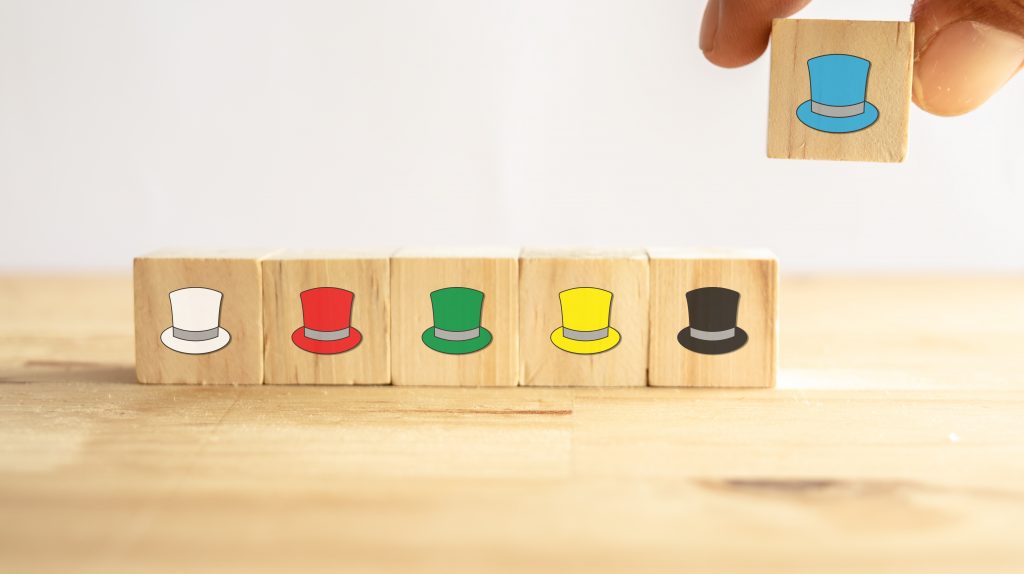
2. The Six Thinking Hats: This method, introduced by the great thinker Dr. Edward de Bono, encourages viewing a problem from multiple perspectives. Each ‘hat’ represents a different type of thinking – factual, emotional, cautious, optimistic, creative, and controlling. Switching ‘hats’ allows you to understand the problem fully and explore different solutions.

3. Reverse Thinking: Sometimes, the solution becomes clear when we flip the problem on its head. Instead of thinking about how to solve the problem, think about how you could cause it or make it worse. This can lead to insights about the issue that you may not have considered.
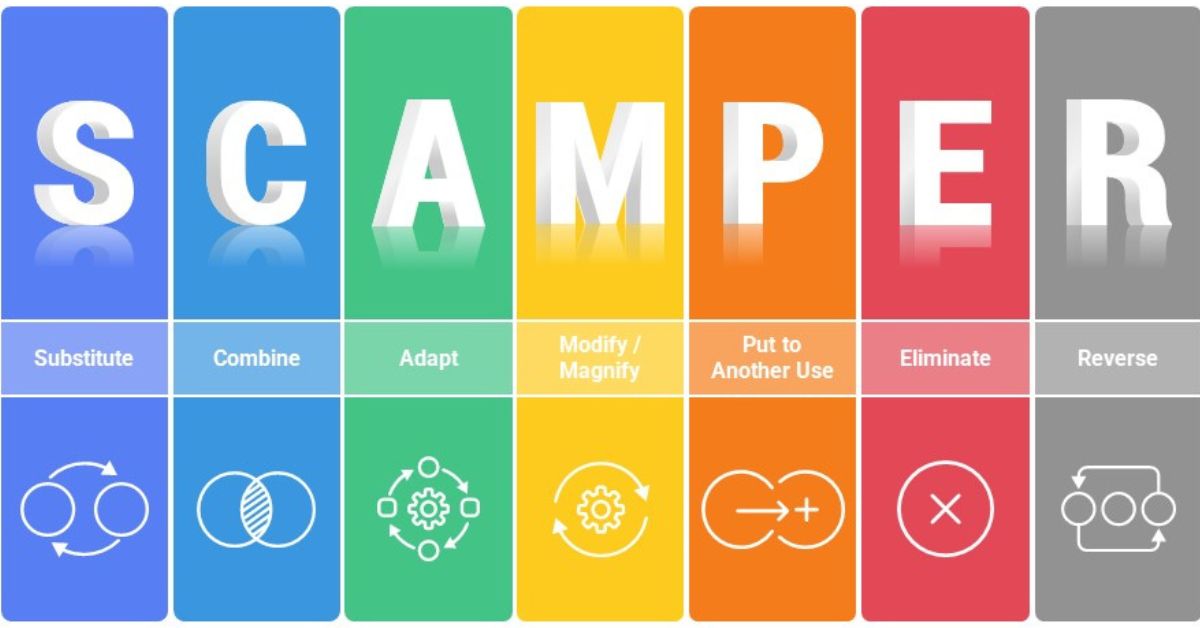
4. SCAMPER: This acronym stands for Substitute, Combine, Adapt, Modify, Put to another use, Eliminate, and Reverse. It’s a checklist that you can use to spark creativity and come up with innovative solutions.
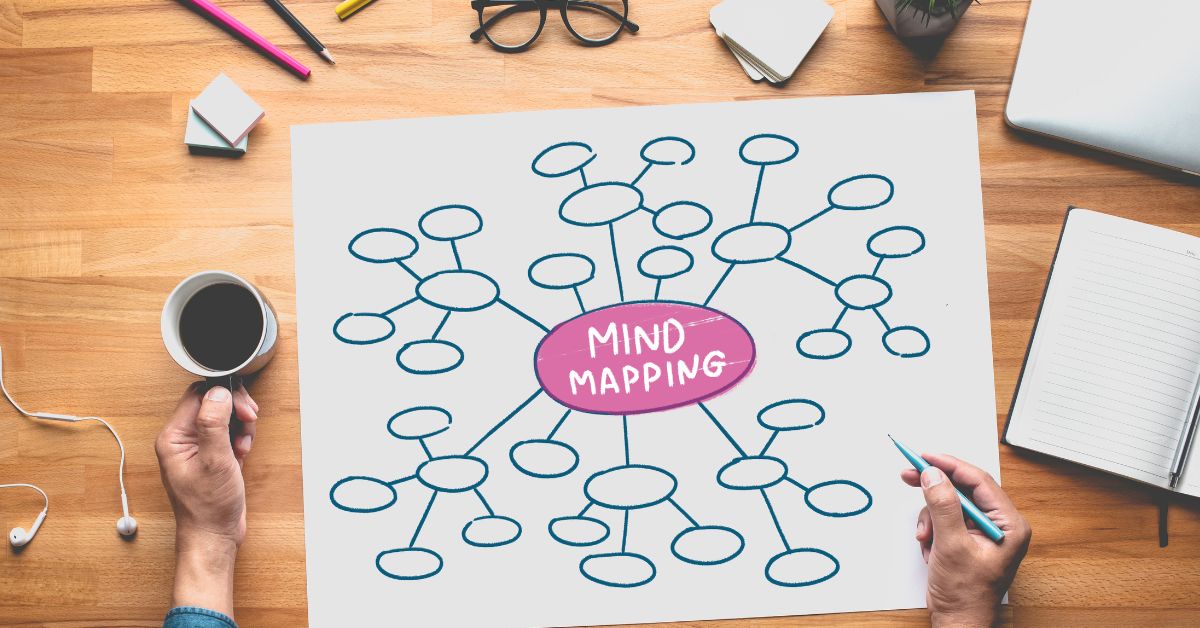
5. Mind Mapping: This technique helps in visually organizing information, making it easier to see connections and generate new ideas. Start with the main problem in the center and branch out with possible solutions or related ideas.
Remember, creative problem-solving is not about finding an instant solution. It’s about exploring, experimenting, and iterating. You might not find the perfect answer right away, but don’t let that discourage you. Persistence is key.
Let’s now move on to how you can practice and develop your creative problem-solving skills.
As we have established, these skills can be learned and honed, just like any other. But how can you start?
10 Creative Problem Solving Tips
A handy checklist whenever a problem arises
1. Cultivate Curiosity: Ask questions, seek different perspectives, disrupt the status quo. Be brave!
2. Embrace Failure: Recognize it as a stepping stone, not a roadblock.
3. Practice Flexibility: Be open to new ideas and ready to shift your thinking.
4. Build Your Confidence: Take on challenges, learn new skills, and seek feedback to boost your confidence.
5. Make Informed Decisions: Use risk-benefit analyses to make decisions, evaluating the potential outcomes of your solutions.
6. Practice Patience: You can't rush creativity! Give your mind the time and space it needs to generate and iterate on ideas.
7. Seek diversity: Surround yourself with a diverse group of thinkers. Different perspectives can lead to unique and innovative solutions.
8. Rest and Recharge: Creative thinking is hard work! Make sure to take time to rest, recharge, and let your subconscious mind work on the problem.
9. Practice Mindfulness: Engage in mindfulness practices to increase your focus and clarity, both critical for creative problem solving.
10. Believe in Yourself: Have faith in your abilities and remember that every problem has a solution; it just takes some creative thinking to find it!
Embrace the journey and never stop learning and evolving!
With these tips in your arsenal, you’re well on your way to becoming a creative problem solver.
Remember, the goal is not to become a different person, but to enhance and use your inherent capabilities. After all, as creators and innovators and changemakers we are often called to solve problems – why not do it creatively?
So, the next time you’re faced with a challenging problem, don’t view it as a setback. Instead, see it as an opportunity to practice your creative problem-solving skills, build resilience, and enhance your confidence. Trust me, your future self will thank you.
Want to become a work-life harmony pro?
Get the FREE 23-page Ease and Flow Lifestyle Starter Kit, a holistic stress-busting guide with 15 proven tips and 50+ linked tools to help driven, busy professionals master work-life harmony, sustain inner balance and take control of their lives. Get it here.

